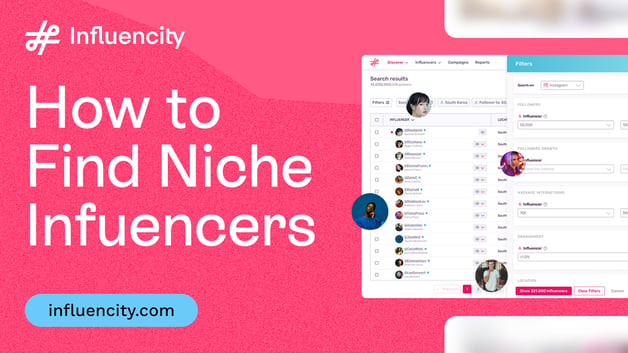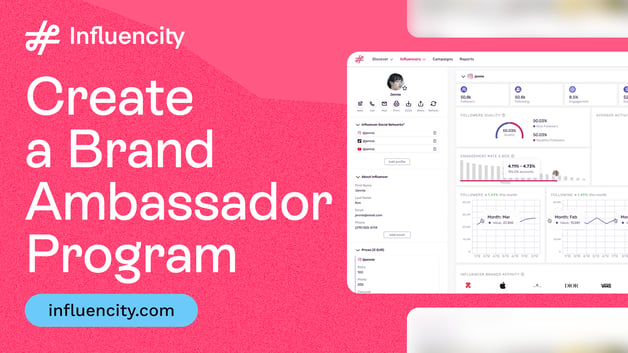3. Brand Mentions & Hashtag Performance
What it tells you: Whether people are actively talking about your brand.

Tools: Social listening platforms (e.g., Influencity)
Track branded hashtags, mentions, and conversations to see how awareness is spreading beyond the KOL’s post itself.
4. Share of Voice (SOV)
What it tells you: How your brand stacks up against competitors
Tools: Competitive benchmarking & sentiment analysis tools like ours.

SOV compares your presence in industry conversations to others in your space. An uptick during a KOL campaign is a strong sign of rising relevance.
5. Website Traffic & Referral Clicks
What it tells you: If KOL content is driving actions
Tools: UTM parameters, Google Analytics
Set up custom tracking links to see how many users visit your site—and what they do once they arrive.
6. Press Coverage & PR Value
What it tells you: Whether the campaign sparked earned media
Tools: Media monitoring platforms (e.g., Meltwater, Cision).
If your key opinion leader is quoted in an article or mentioned in the press, it expands your brand’s authority and reach exponentially.

How to Track KOL-Driven Brand Awareness (Step-by-Step)
Measuring the success of a key opinion leader partnership doesn’t have to feel like guesswork. With the right setup, you can turn awareness into measurable data and use those insights to improve your next campaign.
Here’s a simple, step-by-step process to track KOL impact effectively:
1. Set Up UTM Tracking for Every Link Shared by the KOL
UTM parameters allow you to see exactly how much website traffic comes from each KOL collaboration. This helps you move beyond surface-level impressions and find out if their audience is taking action by visiting your site, signing up, or making a purchase.
.png?width=700&height=128&name=White%20%26%20Green%20Modern%20Bar%20Chart%20Graph%20(50).png)
2. Monitor Brand Mentions, Hashtags, and Sentiment in Real Time

Use social listening tools to track how often your brand is mentioned, what hashtags are gaining traction, and, just as importantly, the tone of those conversations. Sentiment analysis helps you understand whether KOL-driven buzz is positive, neutral, or negative.
It’s not just about being mentioned—it’s about being talked about in the right way.
3. Analyze Performance Before, During, and After the Campaign
Capture baseline data before the KOL campaign starts so you can compare:
- Reach growth
- Engagement shifts
- Share of voice changes
- Website traffic trends
This pre/post approach helps isolate the KOL’s impact from your other marketing efforts.
4. Watch for Spikes in Branded Search Volume
A spike in Google searches for your brand name (or product names) after a KOL partnership is a strong signal of increased awareness. Tools like Google Trends or SEMrush can help you spot these patterns.
5. Combine Quantitative Metrics with Qualitative Input
Metrics only show you what’s happening. Hearing directly from the KOL’s audience helps you understand why.
Look at comment threads, community posts, or shared stories to understand how the KOL’s endorsement is landing.
Remember: Effective tracking isn’t about chasing every possible metric. It’s about identifying the right indicators for your brand goals—and measuring them consistently.

Real-World Examples: How Top Brands Measure KOL ROI
Brands across industries are tapping into the unique strengths of key opinion leaders to boost brand awareness in high-trust, high-stakes spaces. Here’s how leading companies are doing it—and what you can learn from their strategies.
1. Tech Industry: Apple and the Analyst Ecosystem
Apple doesn’t rely on lifestyle influencers to validate its latest releases. Instead, it builds anticipation and trust through partnerships with tech analysts, engineers, and product reviewers.
By giving early access to respected voices in the tech community, Apple earns in-depth coverage that reaches decision-makers and early adopters alike.
How they measure success:
- Earned media reach and sentiment
- Branded search spikes after launch events
- Long-form reviews and analyst coverage in trade publications

2. Beauty & Skincare: L'Oréal’s Dermatologist Network
L'Oréal has strategically collaborated with dermatologists to establish credibility in its skincare lines. Rather than relying solely on influencers, they feature licensed professionals who explain ingredients and skin science in accessible ways—bridging clinical expertise with consumer trust.
How they measure success:
- Engagement and saves on educational content
- Increase in product-specific search queries
- Brand mentions in skincare forums and online health communities
3. Finance & Investment: How Fintech Brands Build Trust Through Education
Financial services aren’t easy to explain—or easy to trust. That’s why many fintech companies lean on key opinion leaders like financial advisors, analysts, and economists to help make complex topics feel approachable.
Instead of flashy promotions, these brands focus on education. They invite KOLs to host webinars, contribute to blogs, or share insights on social media—translating financial jargon into everyday language their audience can actually use.
It’s not just about getting attention. It’s about positioning the brand as a reliable partner in the audience’s financial journey.
How they measure success:
- Sign-ups and lead generation from webinars, whitepapers, or gated resources
- Referral traffic from KOL-shared content
- Engagement quality on educational posts (comments, saves, shares)
Common Mistakes to Avoid When Measuring KOL Success
Partnering with a key opinion leader can be a powerful way to boost brand awareness, but only if you’re measuring the right things. Too often, brands fall into the trap of focusing on surface-level stats or choosing the wrong partners altogether.
Here are the most common mistakes to watch out for—and how to avoid them:
1. Chasing Follower Count Instead of Influence
A large audience doesn’t always mean the right audience. Many KOLs have smaller, niche communities, but those followers may be the exact people you want to target. Look for individuals who are invested, passionate and/or who deeply care about the topic. Don’t let big numbers distract you from the real goal: reaching the people who care about your message.

2. Overlooking Audience Relevance
Not every expert is the right fit for your brand. A key opinion leader’s authority only matters if it aligns with your industry and your target audience. Make sure their expertise matches your space—and that their followers are the people you want to reach.
3. Failing to Track Referral Traffic and Conversions
Brand awareness shouldn’t stop at impressions. If your KOL partnerships aren’t driving measurable actions—like website visits, content downloads, or email sign-ups—you’re missing a big part of the picture. Use UTM links and clear calls to action to connect the dots between awareness and outcomes.
4. Ignoring Sentiment and Context
It’s not enough to count how often your brand gets mentioned — you need to know the tone behind those mentions. Are people genuinely excited? Curious? Frustrated? Tracking volume without listening to sentiment can paint an incomplete (or even misleading) picture.
Positive buzz signals that your message is landing well. But if the conversation feels skeptical or negative, it may be time to rethink your approach — or whether you’ve partnered with the right KOL in the first place.
Good data helps you make smart decisions. Bad data leaves you guessing.

Final Thoughts: Measuring What Truly Matters
The power of a key opinion leader partnership isn’t just in the audience they reach—it’s in the trust they carry. But trust alone won’t prove ROI. To truly understand the value of your KOL campaigns, you need the right measurement strategy.
By going beyond vanity metrics and focusing on engagement quality, audience relevance, and real-world actions like referral clicks and branded search spikes, you’ll get a much clearer view of what’s working—and what’s not.
The takeaway? The best KOL strategies aren’t just about who you partner with. They’re about how well you measure the impact.
When you track the right metrics, you can invest smarter, optimize future campaigns, and confidently show the results your brand (and your stakeholders) care about most.
Ready to Measure KOL Impact with Confidence?
If you’re investing in key opinion leader partnerships, you deserve clear answers on what’s working.
Influencity’s influencer analytics suite makes it easy to track the metrics that matter—from social media reach and engagement to mentions, sentiment, and referral clicks—all in one place.
See how Influencity can help you measure KOL impact, optimize your campaigns, and prove ROI.
Tags:
KOL



.png?width=600&height=369&name=White%20%26%20Green%20Modern%20Bar%20Chart%20Graph%20(48).png)








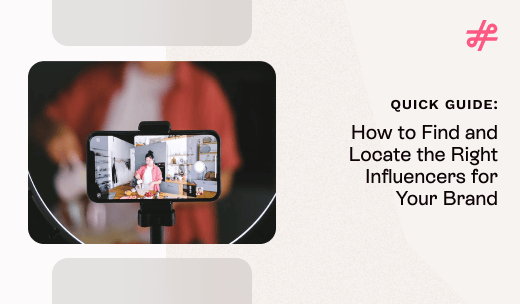



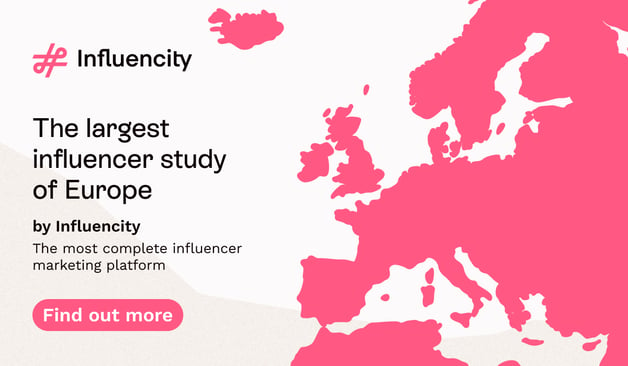

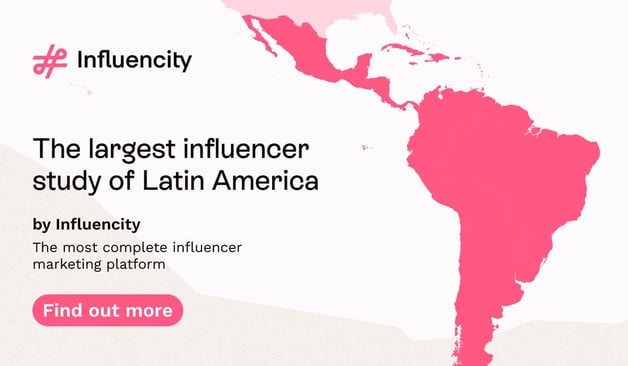





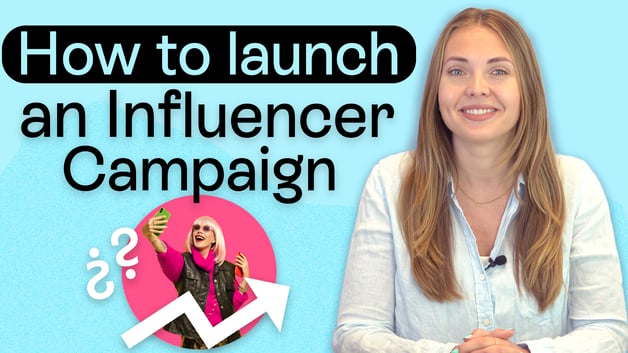



%20and%20How%20Can%20They%20Benefit%20Your%20Brand%20article.jpg?length=628&name=What%20Are%20Key%20Opinion%20Leaders%20(KOL)%20and%20How%20Can%20They%20Benefit%20Your%20Brand%20article.jpg)
